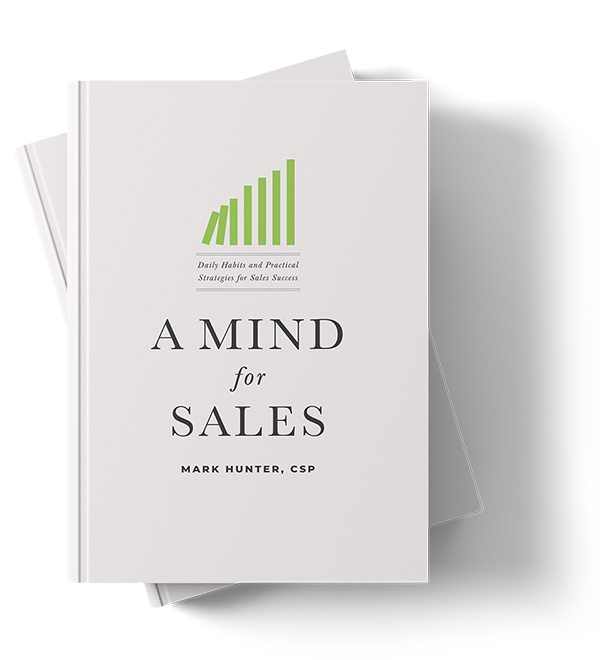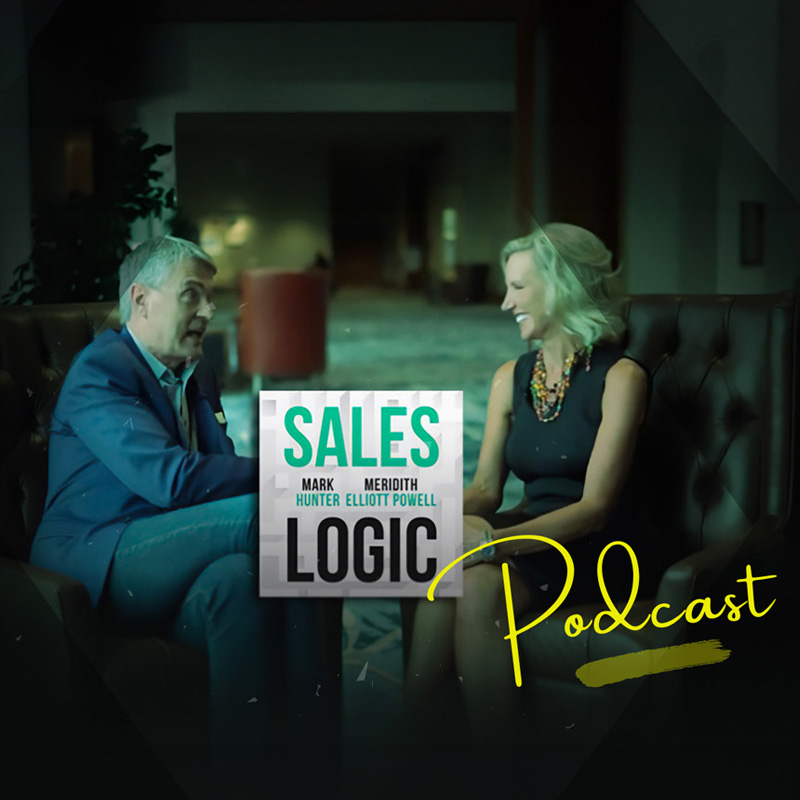Guest post Monday brings us to the below post by Jim Micklos, vice president of business development with FUSION Performance Marketing in Chicago. Jim offers wise insights on where sales managers should really be focusing their efforts when motivating their sales staff.
As a sales manager, it is your goal to increase the overall performance of your sales team. Classic managerial literature suggests that an individual’s performance is dependent on two variables: an individual’s ability and an individual’s motivation. This model of performance is represented through the following equation:
Performance = Ability X Motivation
This equation tells us that if an individual has zero ability, there will be zero performance, regardless of the motivation that the individual may possess. The opposite also holds true. If an individual has zero motivation but all the ability in the world, there will be no performance.
Increasing the ability among your workforce is an important part of management and can be accomplished through sales training, good hiring practices, etc. However, today, we will discuss what to look for to increase motivation among your sales team members through performance improvement programs.
Understand Your Audience
Surprisingly, sales and marketing professionals often forget to understand their audience when instituting a performance improvement program. Even the most basic rules of marketing can be fleeting when it comes time to apply them to a program for your employees. We’ll begin “understanding the audience” by segmenting your sales team into five performance levels: A, B, C, D & F. Like a group of students’ performance in a high school course, your sales team contains individuals whose variance in performance looks like a bell curve.
“A” Performers – The model members of your sales team. They consistently out-perform the rest of the team. They have a skill-set that is tailor-made for their position, and they exert maximum effort to be the best. They are extremely driven, talented individuals, but represent less than 10% of most sales teams.
“B” Performers – These members perform above average and represent approximately 16% of your team. They have similar skill-sets as “A” performers, but are not fully motivated to achieve the same results. Because they are not fully motivated, these team members do not achieve their potential to be “A” Performers.
“C” Performers – The majority of your team members. “C” Performers represent the middle 50% of your sales team. Similar to “B” Performers, these team members have the ability to perform at higher levels, but are not motivated to do so. Usually, they cannot reach the “A” Performer level, but – provided the proper motivation – these team members could perform at a “B” level.
“D/F” Performers – These team members consistently under-perform. They are either new to the position, those approaching retirement, do not have a skill-set that matches the position or don’t want to perform better.
Addressing Lack of Motivation
The members of the middle of your audience fall into one or more of the categories below:
Cost/benefit imbalance – Employees may have the ability to work harder, but do not believe that the compensation is high enough for the extra work required to be more successful.
Unclear goals – Employees without clear goals have no clear path to higher performance. It is easy for employees to get stuck in a middle performer routine if they do not have clear-cut objectives. Establishing clear goals for your employees can do wonders for their motivation.
Lacking confidence – Employees may think that they do not have what it takes to become a top performer. This is often perpetuated in poorly-designed sales contests that reward only top-performers. Contests create losers. Some reps will have worked hard to win, will have nothing to show for it, may be very irritated and likely will not engage during the next contest. You do not need everyone to be top performers; you simply need them to be higher performers.
A properly structured performance improvement program will address all of these concerns. In such a program, you will change the behavior of your audience through the use of non-cash incentives. Offering non-cash incentives will provide much greater value to your employees in return for their work.
Countless studies show that employees have larger performance increases when offered non-cash incentives compared to cash incentives. Performance improvement programs also must have a clear rules structure. This rules structure will set clear goals for your employees, and identify the rewards that they will earn upon achievement. It is very important that you establish clear goals so employees know how to earn their rewards. The goals also need to be challenging yet attainable. If the employees do not feel like they can achieve the goals, they will not buy into the program.
Room for Improvement
Implementing a performance improvement program is a great way to motivate your employees, but it is important to know which employees to target. As a sales manager, your goal is to achieve the largest possible impact on sales. To do this, you need to look for the individuals who can increase their performance the most.
“A” Performers have little room for improvement; they are already contributing virtually everything that is humanly possible. Often incentive programs target the “A” Performers, but this should be avoided because they are limited in the incremental revenue/profit they can deliver. This audience is full of self-motivated individuals who are already operating near or at maximum. In order to retain this group of top performers, you should honor their efforts through recognition programs.
“D” & “F” Performers do not have the ability to perform at a high level, and their needs should be addressed through training or – if appropriate – dismissal. The remaining 66% of your team consists of the “B” & “C” Performers. This is the group where you should focus your efforts. These individuals have the ability to move into the higher performance thresholds, but are not motivated to do so.
A well-designed performance improvement program will provide motivation for the largest portion of your audience, “the great middle.” A small shift in this large audience’s ability and motivation will result in a huge incremental gain in sales.











